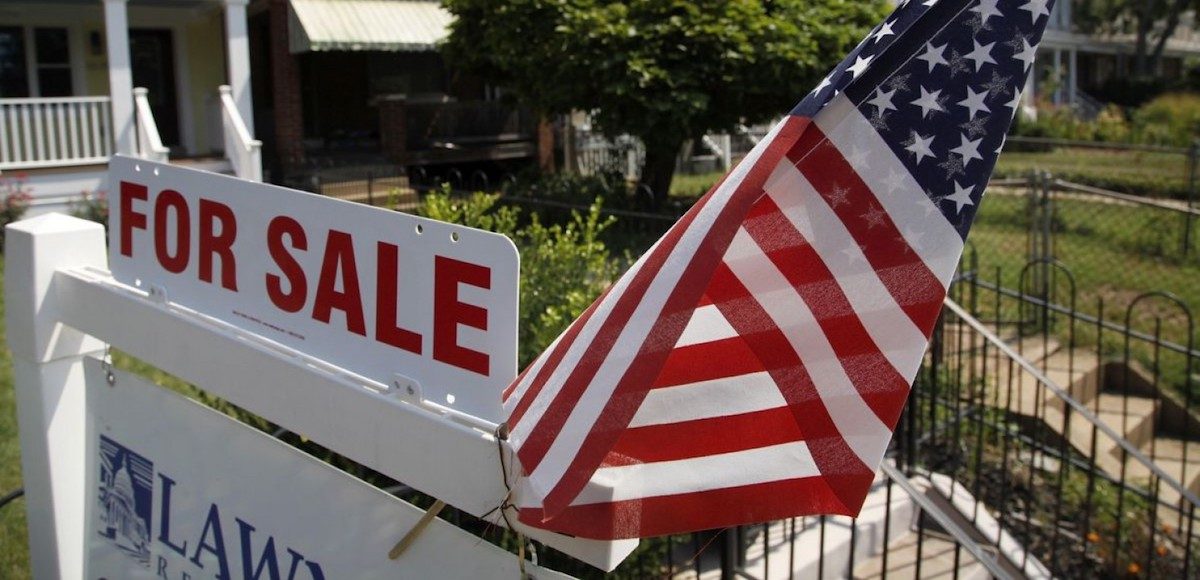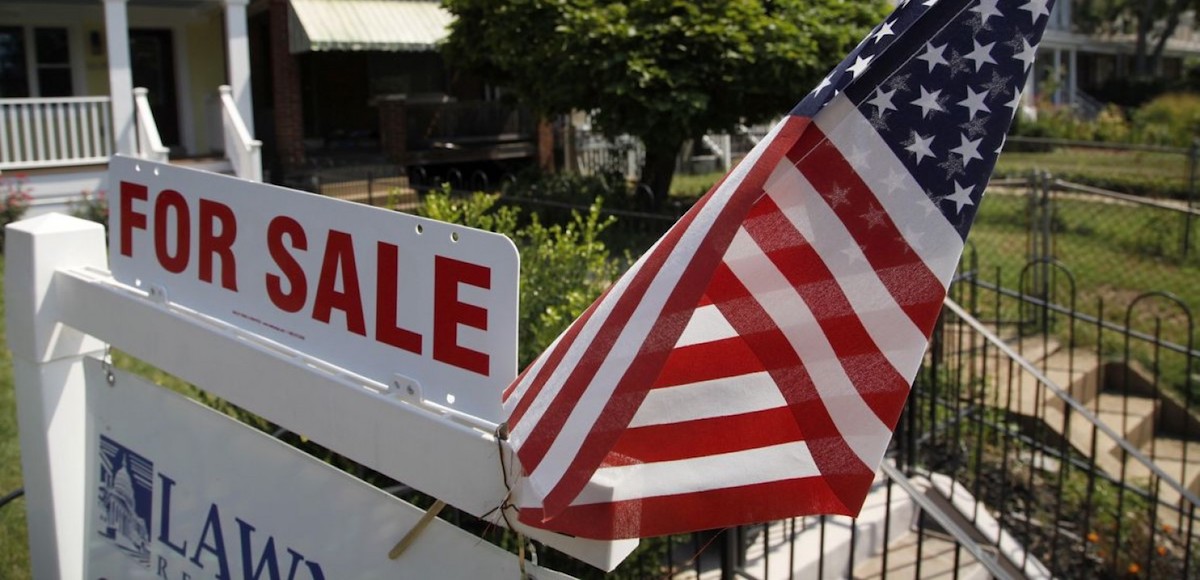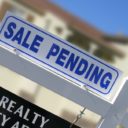

A U.S. flag decorates a for-sale sign at a home in the Capitol Hill neighborhood of Washington, August 21, 2012. (Photo: Reuters)
The S&P CoreLogic Case-Shiller Home Price Index (HPI), covering all 9 U.S. census divisions, posted a 6.2% annual gain in January, down from 6.3% in the previous month but stronger than the median forecast.
The 10-City Composite annual increase came in at 6.0%, unchanged from the previous month, and the 20-City Composite posted a 6.4% year-over-year gain, up from 6.3%. That beat the median forecast.
“The home price surge continues,” says David M. Blitzer, Managing Director and Chairman of the Index Committee at S&P Dow Jones Indices. “Since the market bottom in December 2012, the S&P Corelogic Case-Shiller National Home Price index has climbed at a 4.7% real – inflation adjusted – annual rate. That is twice the rate of economic growth as measured by the GDP.”
Sixteen of the 20 cities reported increases in January before seasonal adjustment, while all 20 cities reported increases after seasonal adjustment. The National Index posted a month-over-month gain of 0.05% in January, before seasonal adjustments. The 10-City and 20-City Composites both reported increases of 0.3%.
After seasonal adjustment, the National Index recorded a 0.5% month-over-month increase in January. The 10-City and 20-City Composites posted 0.7% and 0.8% month-over-month increases, respectively. That’s also slightly higher than the median forecast.
There were few, if any, really weak data sets from the various cities in the report.
Seattle, up 12.9% in the last year, continued to lead the way with the largest gains, followed by an 11.1% gain in Las Vegas. Even Chicago and Washington, the cities with the smallest price gains, saw a 2.4% annual increase in home prices.
Twelve of the 20 cities reported greater price increases in the year ending January 2018 juxtaposed to the year ending December 2017.
As we’ve seen with other housing market indicators, low inventories and low vacancy rates are the two factors pushing price increases.
“The current months-supply — how many months at the current sales rate would be needed to absorb homes currently for sale — is 3.4; the average since 2000 is 6.0 months, and the high in July 2010 was 11.9,” Mr. Blitzer added. “Currently, the homeowner vacancy rate is 1.6% compared to an average of 2.1% since 2000; it peaked in 2010 at 2.7%. Despite limited supplies, rising prices, and higher mortgage rates, affordability is not a concern.”
“Affordability measures published by the National Association of Realtors show that a family with a median income could comfortably afford a mortgage for a median priced home.”






